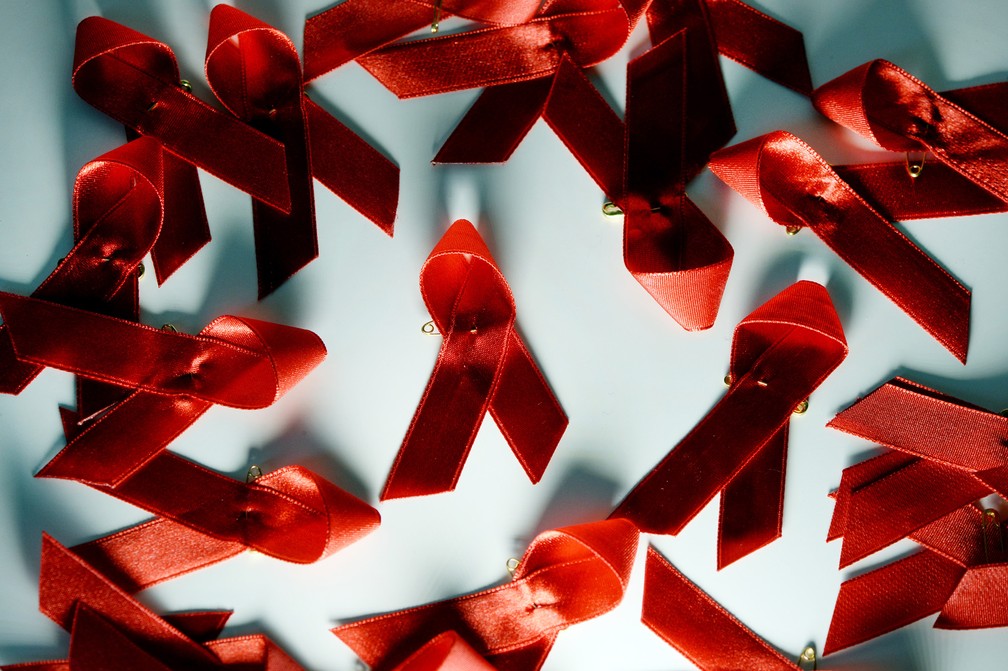Last year, news of the world's sixth HIV (human immunodeficiency virus) cure brought hope to patients and doctors, but also raised doubts about the risks involved with the procedure.
This is because, as in the previous five cases, the virus that causes AIDS was cured after a bone marrow transplant to treat leukemia. By receiving bone marrow from a donor, the patient was able to produce new immune cells free of the virus, which was confirmed more than a year after the announcement of recovery.
It is worth noting that remission is when there is no concentration of the virus in the body, while recovery is when remission remains for five years after treatment.
But what happens to people with HIV who do not have leukemia? Are we still far from a cure for HIV?
According to Spanish virologist Asier Saez Sirion, a researcher at the Pasteur Institute in France, it is important to highlight that there are many cases of patients suffering from levels considered to be undetectable of HIV, and studies on these cases can help in getting closer to the long term. – The expected treatment.
“The post-transplant remissions are amazing, but we also have remissions in patients who spend months without antiretroviral therapy and remain undetectable for years. There are hundreds of cases,” he said in an interview with Folha at the end of November from his laboratory in Paris. “Like these, we are investigating their properties to better understand the stages of virus recovery.”
One line of ongoing research at Pasteur is in people who live for years with HIV that cannot be detected without needing treatment. “We compared three recovery groups in a clinical trial: those who received a bone marrow transplant, and individuals who controlled their infection naturally.” [por HIV] And finally, people who have managed to keep the virus undetectable after years of stopping treatment. “We are still trying to understand the mechanisms of natural infection control,” he said, adding that the study is still ongoing.
Patients who receive bone marrow transplants generally have an advantage because they not only remove all infected cells from the body, but they also prevent new cells from being infected if some copies of the virus are lurking in the cells and cannot be eliminated.
This happened in 5 of the 6 cases because the donors carried a mutation known as delta 32 in the CCR5 gene, which prevents HIV from entering cells. The CCR5 gene acts as a receptor for HIV on the cell surface, but this variant prevents this attachment, which is why it ends the infection.
The sixth case did not contain this mutation, and in this case it is likely that the transplantation process was able to eliminate all affected cells. Scientists now hope to be able to create gene therapy to modify genes in humans without the need for organ transplants, which could expand access to treatment.
“We now know that people can live normally carrying this mutation, and this is good research to try out an effective method for natural healing,” he explains.
In addition to cases involving gene therapy and bone marrow transplantation, Saez-Cerion points out that there are other ways to reduce HIV viremia in the body, achieving a state in which the virus does not cause disease and cannot be transmitted to others.
One of these methods is early treatment with antiretroviral cocktails. “We also know today that the earlier a patient starts antiretroviral therapy, 5% to 6% of people will be controlled for the rest of their lives. Controlling HIV means exactly that, not getting it, not transmitting it, basically, not There is a sign of the virus. He added: “So we are now investigating what these individuals have in common, if there is something in them that could indicate a possible treatment.”
The ability to direct the immune system, especially cells known as NK (natural killers), to identify and attack HIV early may be behind this success. “In some of these individuals we have found genetic traits associated with killer cell instructions, and we are now developing a clinical trial to prove this association. If this is true, it will be possible to consider targeted therapies to help the immune systems of people who do not control the virus fight it more.” effectiveness.
Another front of study is the use of CAR-T cells, which are immune system cells genetically modified outside the body and then reintroduced to attack the invader.
The researcher states that in the past 40 years, knowledge and treatment of HIV/AIDS have advanced a lot, which has mainly increased patient survival. Gene therapies, immunotherapy, bone marrow transplants, antiretroviral drugs, and even CAR-T are ways to combat the virus during or after primary infection. There are also treatments that help prevent infection, such as pre-exposure prophylaxis.
Vaccines against HIV are still a long way off, the virologist recalls, largely because of the complexity of the virus, as the same individual can carry dozens of different variants of the invader. Since vaccines contain parts of the virus or the entire inactivated virus in their composition, different versions of the virus in the body will be able to escape protection. “There are some research groups looking at mRNA vaccines that induce a protective neutralizing antibody response, but they are very rare and more complex.”
source: Folha de San Paulo

“Wannabe internet buff. Future teen idol. Hardcore zombie guru. Gamer. Avid creator. Entrepreneur. Bacon ninja.”

